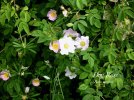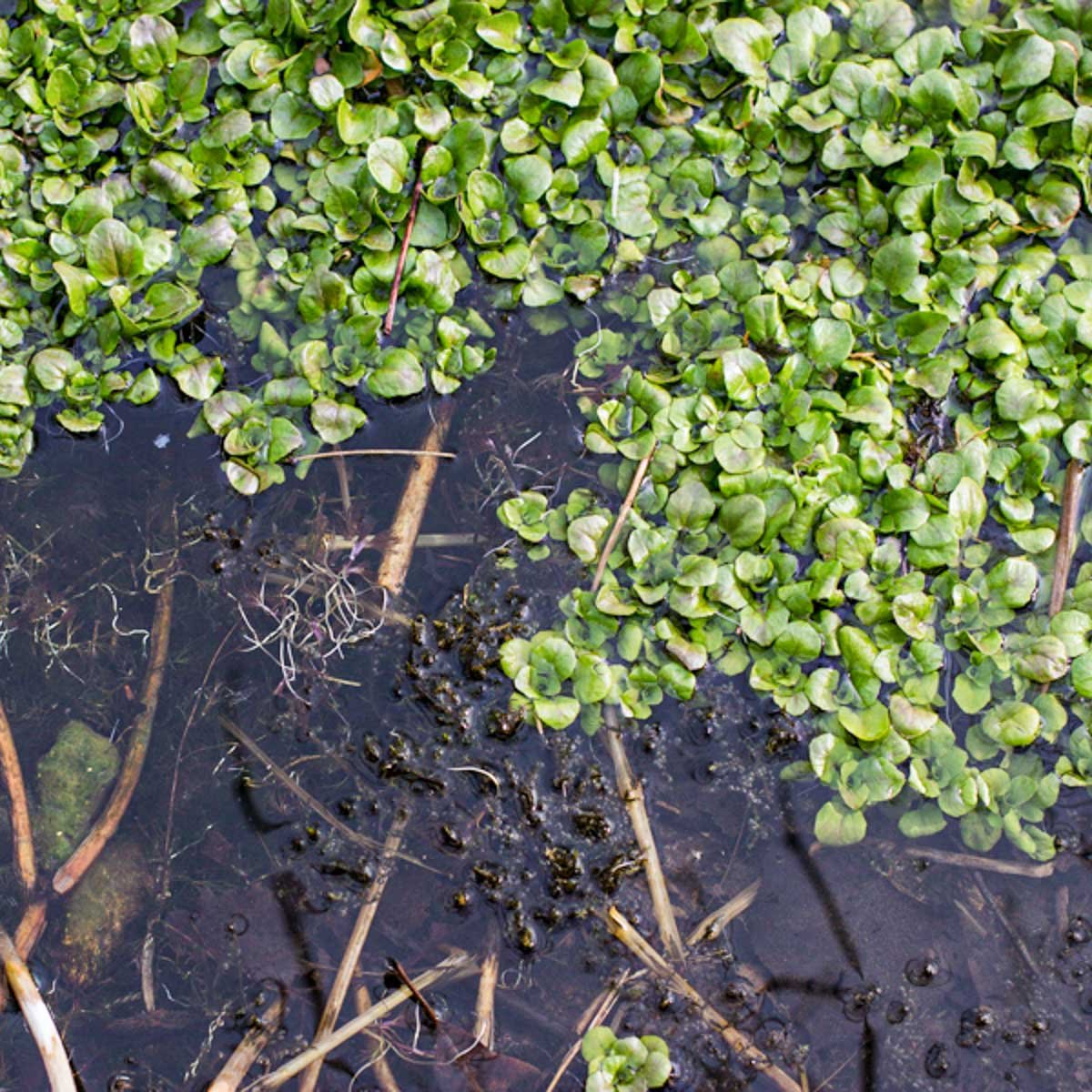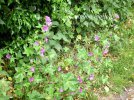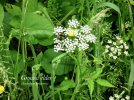Richard Dye
master brummie
What does the sugar do?
- 1 kg sloes
- 250 g sugar
- 1 bottle (70cl) vodka
What does the sugar do?
- 1 kg sloes
- 250 g sugar
- 1 bottle (70cl) vodka


Some freeze the sloes, others jab them with a thick needle or knife point.white sugar, whose purpose is not only to sweeten the liqueur but to also extract the maxium amount of juice from the sloes.
Julie has a great approach, Andrew! I had a busy meeting day and am embracing a Knob Creek, Kentucky Bourbon entombed in ice cubesThis is true. I have never been keen on alcoholic drinks, a quirk in my tastebuds makes them too bitter for me. So I am not familiar with the various terms for such drinks. When Julie announced some time ago in a good sloe year, that she was going to make some sloe gin, I heard it as slow gin, and was fascinated as to how this would proceed. Would it take longer before she glazed over ? She does not use much sugar in her recipe, whereas a friend tends to shovel it in.
Sloes are terrible here this year, hot weather has shrivelled them on the stems.
Andrew.

no nore i Andrew some thing about it makes me fall overThis is true. I have never been keen on alcoholic drinks, a quirk in my tastebuds makes them too bitter for me. So I am not familiar with the various terms for such drinks. When Julie announced some time ago in a good sloe year, that she was going to make some sloe gin, I heard it as slow gin, and was fascinated as to how this would proceed. Would it take longer before she glazed over ? She does not use much sugar in her recipe, whereas a friend tends to shovel it in.
Sloes are terrible here this year, hot weather has shrivelled them on the stems.
Andrew.

only harvest from very clean natural springs and rivers



 grocycle.com
grocycle.com
I’d agree with that 100%. I walk my dogs in woodland that has many varieties of mushroom throughout the year, and looked online to identify them. Some are very easy to spot, Fly Agaric for instance, but many are easily confused with others. A mushroom can look very different at various stages of its life which makes it even more difficult. Bearing in mind that half a Death Cap mushroom can contain enough poison to kill you…unless you REALLY know what you’re doing, I’d give them a miss.Again there must be a health warning with wild mushrooms. Some say people should not eat wild mushrooms unless an expert identifies them as safe.
Richard Mabey, Food for Free is good. His advice, having double checked identification, is to try a very small amount of new foods to see if it agrees with you. My son and I ate raw sea kale, which has a strong cabbage salty taste, without ill effects. (Best washed in tap water these days given the state of the coastline!)
Every part of the yew tree is poisonous with the exception of the red fleshy berry (but you must not chew or swallow the hard 'seed' inside the berry.) To my mind they don't test of anything much, so having satisfied my curiosity I leave them alone. Son was 17 before he told me about this and I wouldn't eat them in front of children.



